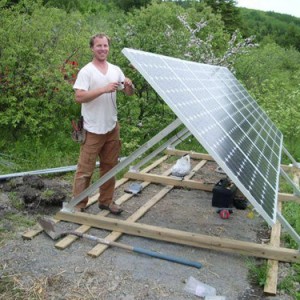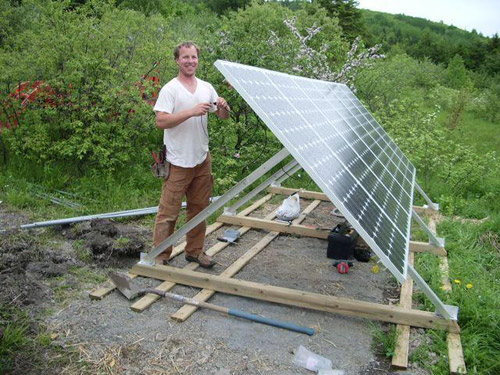Solar power systems have caught the fancy of many Australian families and businesses, with more than 1.2 million solar PV systems installed across the country as of July 2014.
Brandon Wronski, a sales executive at Hammer Drilling Rigs, offers several cost reduction tips for companies and households wanting ground mounted solar arrays in their areas.
Wronski says that with the right equipment and knowledge, it is possible to reduce installation costs of ground mounted solar arrays.
Advantages of ground mounted solar arrays
Wronski says that ground mounted solar arrays are the best option for companies and households with sufficient and suitable land area. He added that ground mounted solar arrays can be placed on brownfields, contrary to the belief that farmland should not be utilized for solar power.
Ground mounted solar arrays also mean not being restricted by size and direction, unlike roof mounting. Ground mounted solar arrays are also easy to maintain, and can be optimized to reduce costs that would benefit both solar installers and the business or household having it installed.
Before installing ground mounted solar arrays, Wronski advises that a geotechnical site investigation is performed to determine the subsurface conditions. A geotechnical site investigation also ensures that time and money are spent wisely since there would be no trial and error in the installation, says Wronski.
Drilling of shaft piles or micropiles where the borehole is packed with cement is needed to anchor the racking, where the arrays will be put up.
Wronski said contractors can use or rent their own equipment to cut down on costs, instead of bringing in a drilling house which is not cost effective due to the thousands of piles to be drilled. He adds that many contractors have their own compact equipment like excavators, skid steers and drilling mast attachments that can hasten the drilling process and lower installation expenses.
He suggests that to further enhance efficiency of the process, contractors should improve their drilling method. Ground conditions and depth required to drill the shaft piles often determine the most efficient drilling method. He adds that contractors should study the most effective process for each installation instead of being dictated by drilling subcontractors.
The drilling rig expert says that a versatile drill rig with enough torque to install helical piles and perform DTH hammer drilling can be employed to drill ground mounted solar array anchors. He says that a highly mobile and compact rig is also critical since there are thousands of piles that need to be installed.
Wronski says contractors could use a rig with rubber tracts especially since it can take a while t set up and manoeuvre the rig for each hole. He says there are rigs with separate power units, enabling the machine to power up to a distance of 200 feet and making the drilling process more versatile.
He underlined that the choice of drill rig would impact the amount of piles to be installed every day as well as the costs of installation. This is why contractors should carefully choose the type of equipment they would use in installing ground mounted solar arrays.

